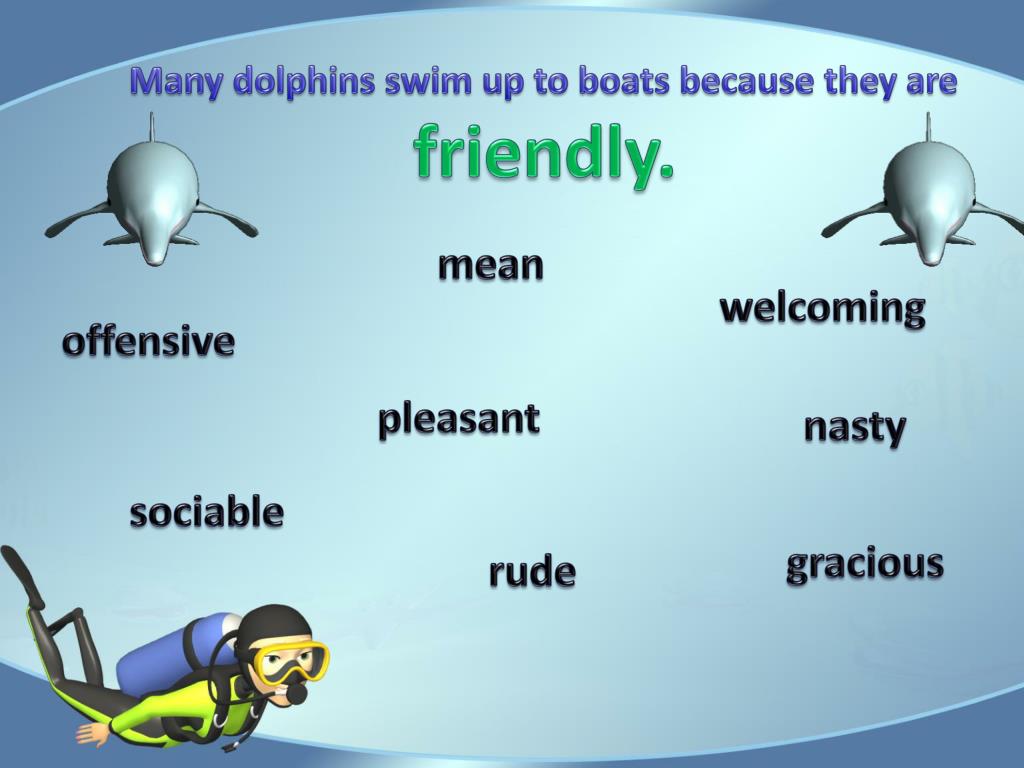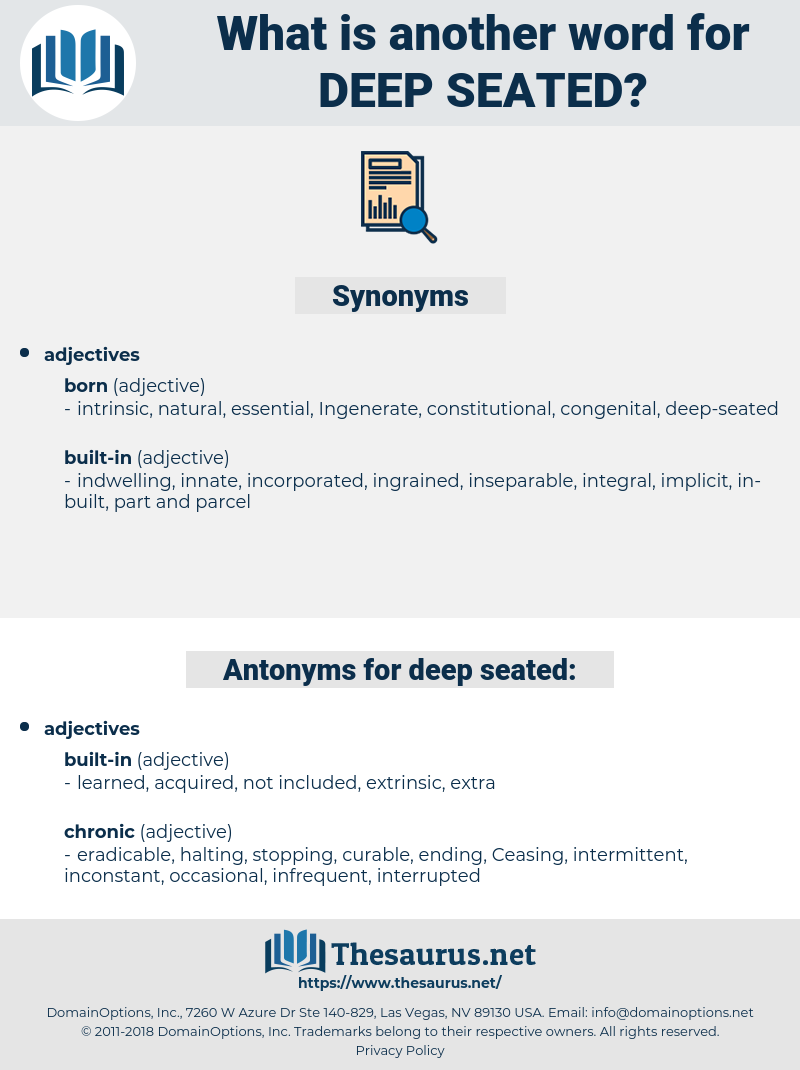

Many relatable videos can be found by searching websites like YouTube. In addition, playing videos are the perfect vocabulary activities! For example, I might search for videos of ancient ruins when using the “ancient” vocabulary page. This is a super easy, functional vocabulary activity for the beginning of spring! It’s fun for a variety of ages too!⠀Īlso, these worksheets are both great for teletherapy or for sending home as homework if you’re required to provide either of those things right now. Talk about how they are “tiny” (and smooth and bumpy and round). 🌱 Last, you could even open up a couple of seed packets. 📝 Then, do a worksheet to dive deeper into the word “tiny”. In need of a quick lesson plan? Here’s an idea for a therapy session using these resources:⠀ Combining these worksheets with other activities such as picture books, videos, or projects can increase student engagement and understanding as well.įor instance, do you have any students who are into fire trucks or ambulances? Target the word “rescue” and pair it with a motivating book or toy!⠀ Using worksheets is a great way to focus your intervention, but shouldn’t be the only materials you use. Knowing that they all share a root (💡equ- means equal in case you’re curious!) helps my students understand how words work!⠀Īnother thing these worksheets do well is talk about how words change in different contexts, perfect for targeting multiple meaning words. I feel like I’m getting more bang for my buck by connecting words like “equator” with “equal” with “equalize”. I love teaching similar words all together like that. For example, what is the difference between “cat” and “cats”? Or “dense” and “density”?⠀ write it, draw it, hear it, and read it!⠀Īlso, the worksheets directly target morphological features.They challenge your students to really think about a word and…⠀ You’ll notice that my Vocabulary Worksheets utilize most of these strategies to help your students achieve their goals.⠀ Writing the word and seeing it written in text in a sentence (Kucan, 2012).Identifying phonological characteristics of the word (Parsons et al., 2005).


Strategies to Target Vocabulary in Speech TherapyĬheck out these evidence-based stratgies to increase vocabulary skills: They frequently come up in texts that students read in class!⠀ Once your students have those easier/more concrete multiple meaning words mastered, consider moving them to more advanced, tier 2 multiple meaning words. They need to have strategies to help them learn new vocabulary all the time! They are not going to catch up if we just try to drill words during limited speech therapy time. Our student with language impairments are already behind on their vocabulary skills. This is why I include easier words like “awful” or “empty” alongside more difficult, academic words like “analyze” or “descend” in this vocab resource. It allows you to use the same structure, tools, and strategies while building up in difficulty as you go!
#DIVE DEEPER SYNONYM HOW TO#
The point IS to learn how to study words to understand and remember them better… to teach the use of tools or strategies. And sometimes, it’s easier to learn strategies like this with words you’re a little familiar with already. That is key – the point is NOT to learn a specific word list or set of vocabulary words. You see, these worksheets are meant to guide your students in THINKING ABOUT WORDS. I often introduce these worksheets using vocabulary words that my students already know, or are at least semi-familiar with!įor example, Consider words like “awful” – it’s a great one because while my students have probably heard it before, they might not know exactly how to define or explain it. Why do I teach vocabulary words my students already know?


 0 kommentar(er)
0 kommentar(er)
